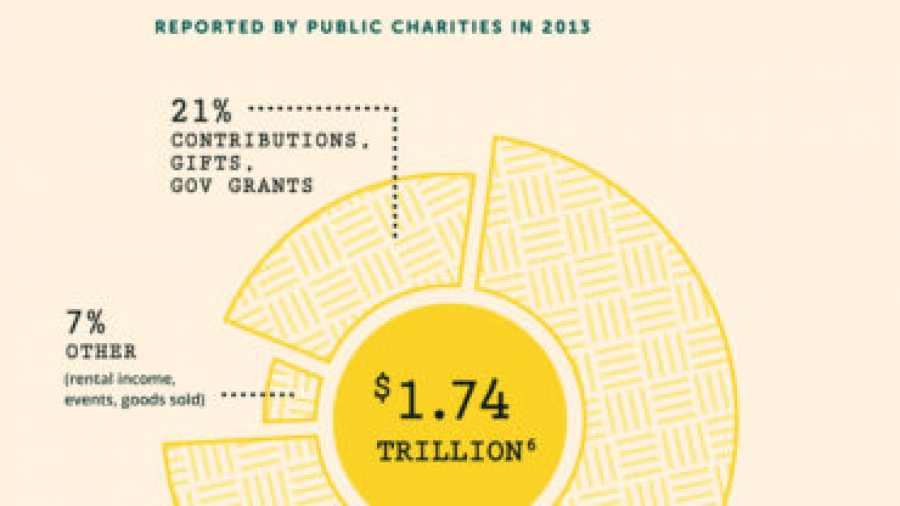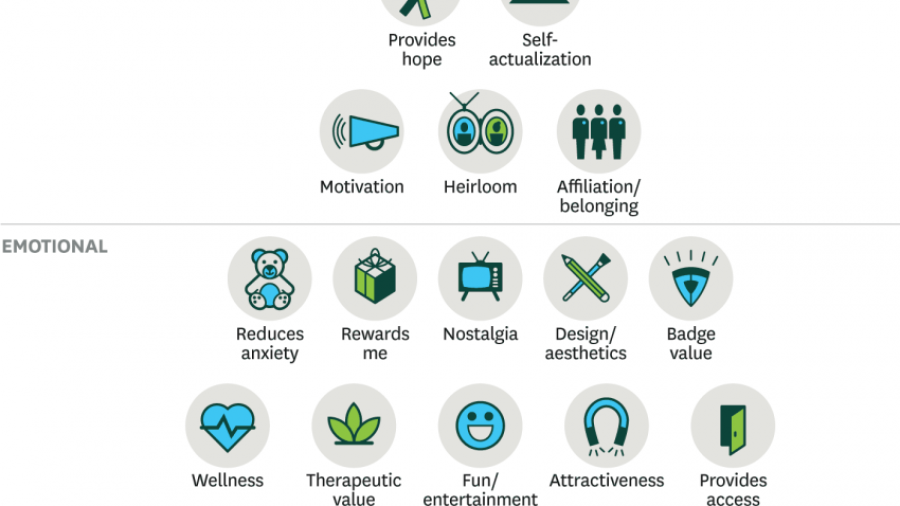Over the past year I’ve given a handful of presentations to fledgling nonprofits and entrepreneurs about finance. Managing and understanding the financials is such a foundational skill that can make or break a business, that it’s important to me to present the information in a way that these leaders can latch on to.

One of my goals as a CFO is to encourage ownership of the financials by everyone in the organization. Everyone from top to bottom should understand the basics of the budget and financials, and the role of a CFO is to present the numbers in a way that tells a story.
Here are 3 ways to engage your audience when you’re presenting about numbers:
1. Identify the goal of the session and repeat it at least three times. Explain why it matters. This isn’t because your audience is stupid and didn’t get it the first time. In a session I did for a group of budding social entrepreneurs, I highlighted revenue, expenses, and cash flow, and explained why each was critical to understand. In addition to words on a slide, I showed them how to identify each element on the financial statements and referenced them multiple times.
2. Provide a clear action item for the audience and explain how to make it happen. Instead of reciting a bunch of bullet points and walking off the stage, I presented one action item for each of my three main areas. I asked the group to develop their revenue pipeline, create an expense budget, and figure out their cash flow.
3. Ask questions. I provided a worksheet which outlined my talk but left some elements blank. Participants were forced to really listen and fill in the blanks which I found left them entirely more engaged than if I was just speaking. Hearing + writing led to more questions and repetition breeds familiarity and success.
A BONUS way to engage your audience? Be interesting! Smile, make jokes, learn people’s names, make eye contact, tell stories. Nobody likes a starchy stiff presenter. Break that stuffy CFO stereotype!






















